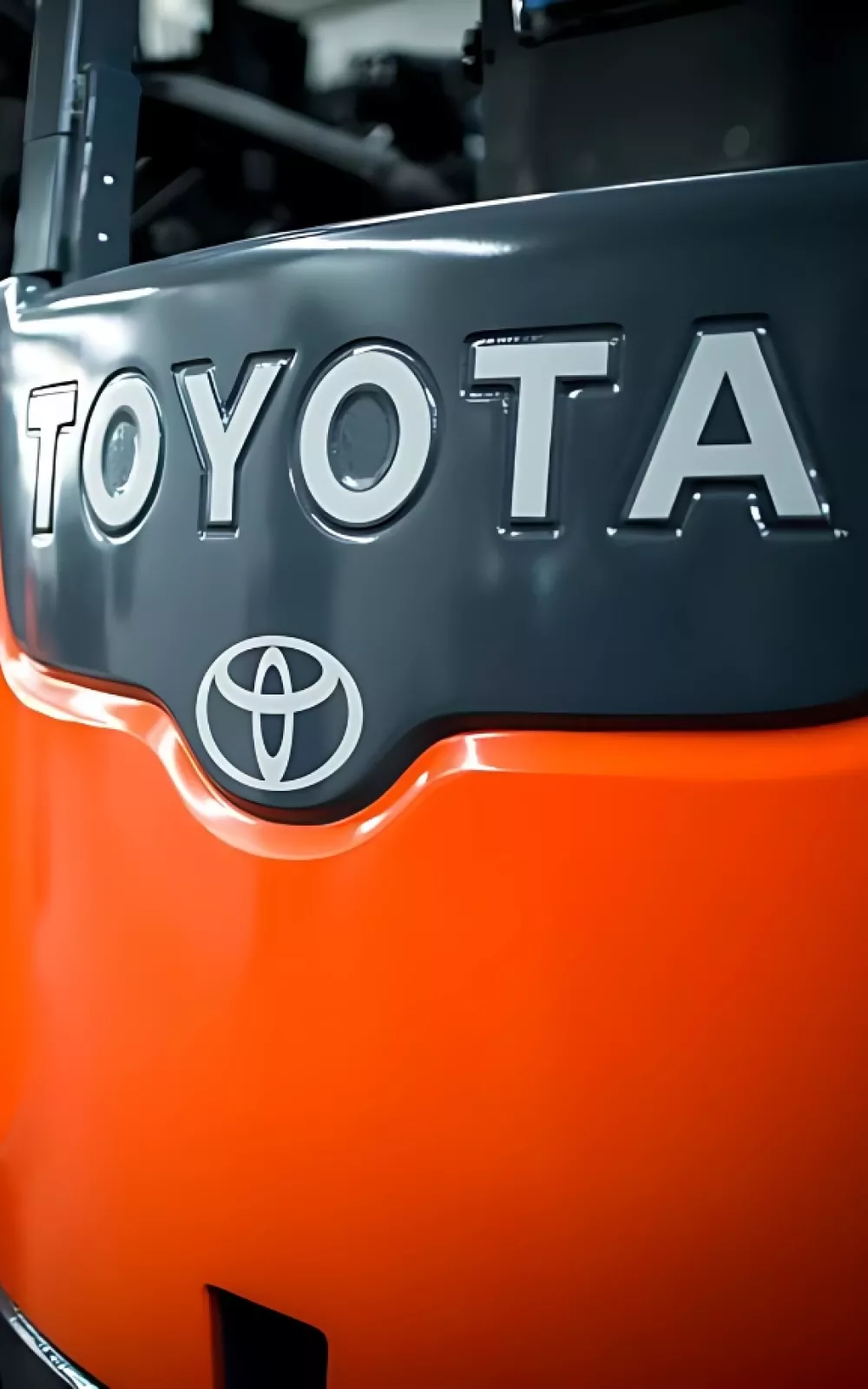Rent
ProLift offers daily, weekly, and monthly rentals. Find the right equipment for maximum productivity and safety.
ProLift offers daily, weekly, and monthly rentals. Find the right equipment for maximum productivity and safety.
Used forklifts with warranties and a 30-day exchange guarantee, plus as is and wholesale equipment options.
Explore leasing, ownership, and rental purchase options for equipment and other warehouse solutions.
Reimagine your warehouse and increase your storage capacity! CAD drawings included.
Reimagine your warehouse and increase your storage capacity! Submit your request for quote and a warehouse solutions consultant will reach out to schedule a site visit.
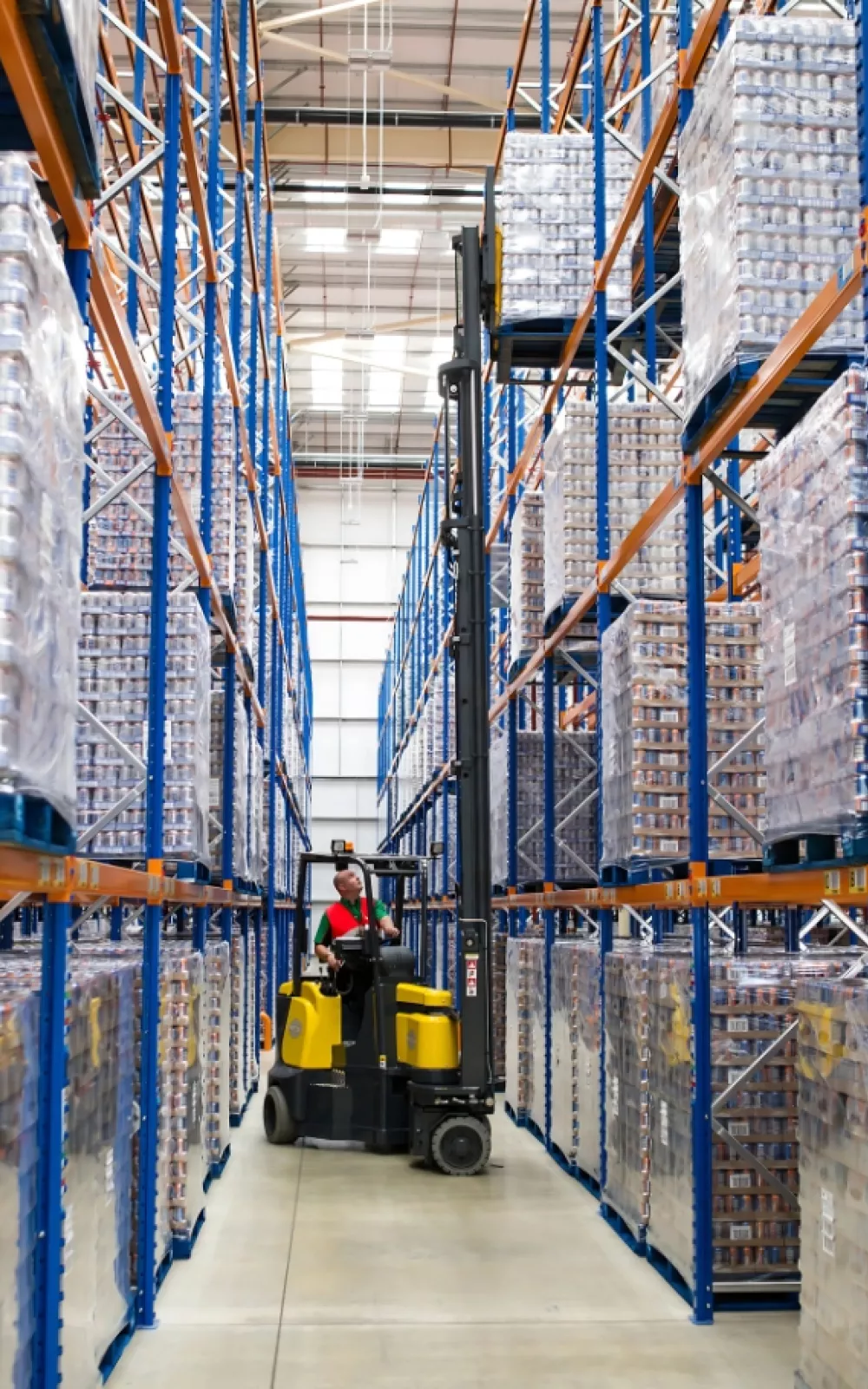
Minimize downtime when you schedule our mobile tire truck for on-site tire pressing.
Minimize downtime when you schedule our mobile tire truck for on-site tire pressing. Our parts team will reach out soon!

Keep your equipment on a maintenance schedule to stay ahead of needed parts and service.
ProLift offers four maintenance programs to fit your productivity and budget. Schedule a site survey and quote with a sales consultant.
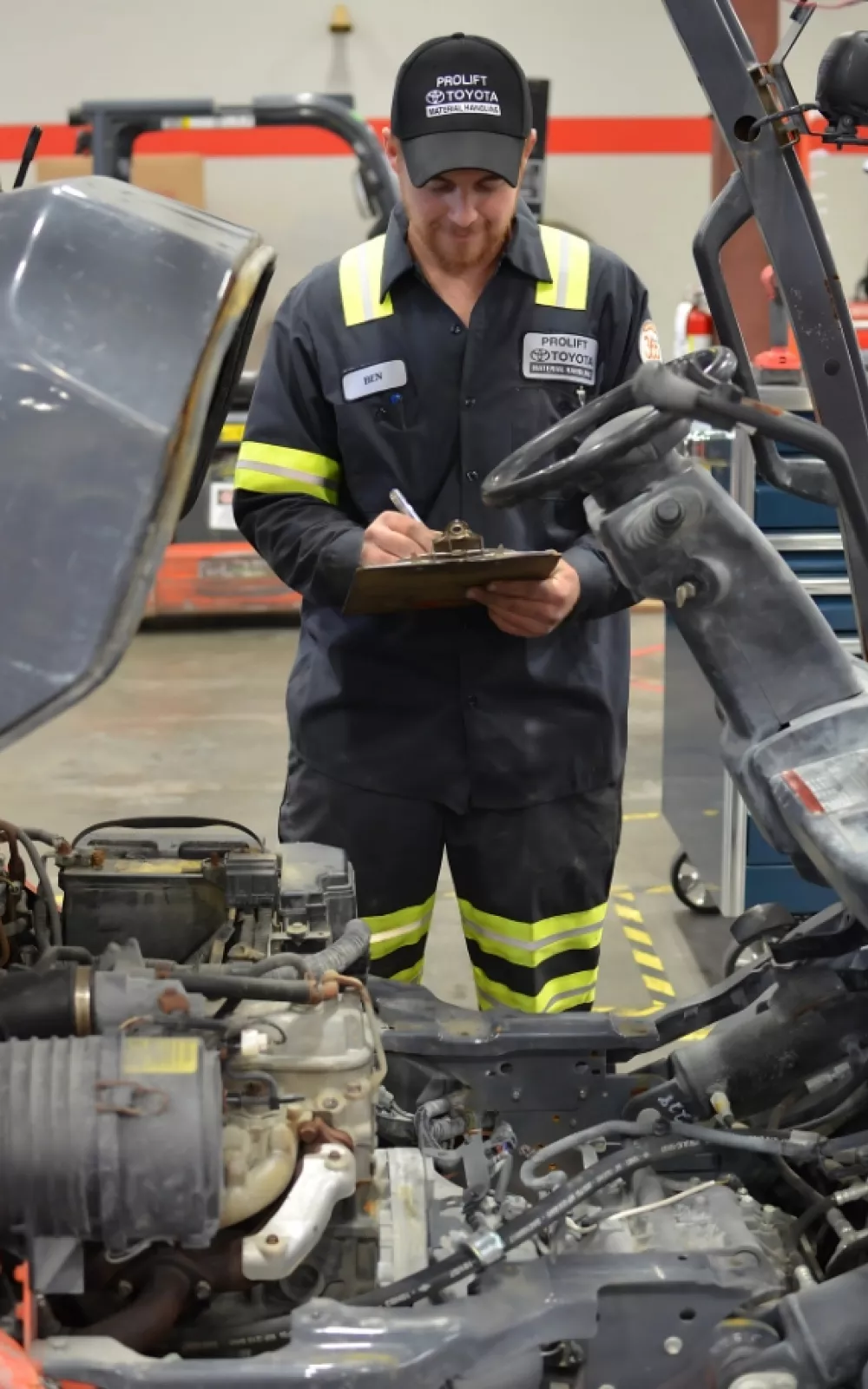
Let us know how we can assist you! A ProLift specialist will connect with you to help with your material handling needs.
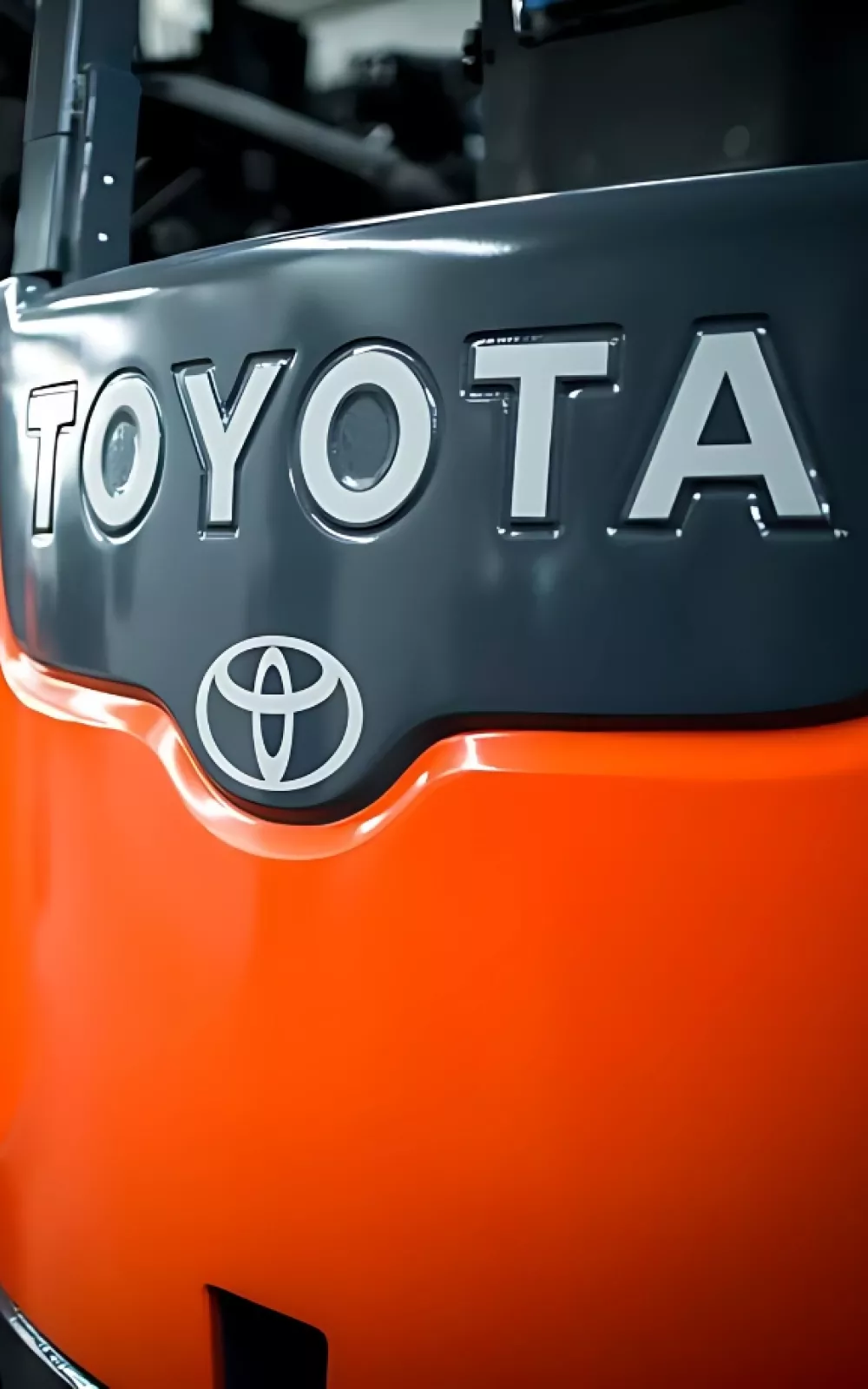
Let us know how we can assist you! A ProLift specialist will connect with you to help with your material handling needs.

Cold weather can take a toll on your forklift's performance and safety. Learn essential precautions to protect your forklift and ensure smooth operation during the winter months, from battery care to tire maintenance, and keep your equipment running efficiently in harsh conditions.
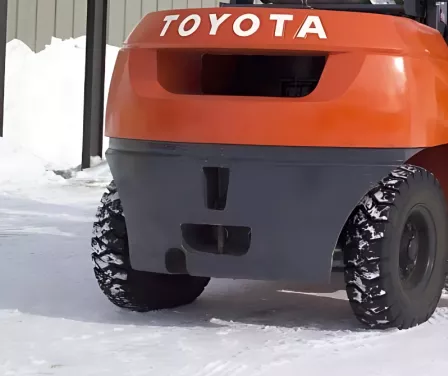
Cold weather brings additional hazards to forklift operations. During the winter season, it's crucial to stay vigilant about factors like temperature, snow, sleet, and ice, which can impact both safety and performance.
Outside is cold. Inside is warm. For a forklift operating in both areas, these changes in temperature will cause condensation to form on the forklift. Operators entering and exiting the forklift must watch for slippery steps and handles to avoid slips and falls.
Shoveling snow and salting pavement with ice is vital when forklifts perform outside. Not only can an operator slip and fall, but most forklifts are not built to drive on these surfaces. Heavy loads and fast speeds increase the risk for an accident.
Electric forklifts face as much as a 25-50% decrease in cycle times during cold weather. The harsher temperature affects the battery’s electrolyte, causing it to thicken and struggle to achieve the chemical reaction needed to power the forklift. Equipment powered by LP fuel is not immune; it is affected when the battery to its engine is weakened. For gas and diesel forklifts, cold temperatures produce hard starts and require more fuel to operate. If a tank is low on fuel, condensation can form inside, causing the forklift to sputter or stop.
For all forklifts, freezing temperatures thicken their oil, similar to the consistency of honey. This will affect hydraulic-powered features, lowering the amps and causing functions to slow down.
Forklifts can produce harmful levels of carbon monoxide that linger in the air like a toxic cloud. Closed windows and dock doors reduce ventilation, increasing the risk of carbon monoxide poisoning for employees. Regularly testing air quality and forklift emissions is a cost-effective way to ensure a safe and healthy work environment.
Additionally, employees should dress in layers to adapt to fluctuating temperatures and reduce the risk of frostbite. It's important for each person to listen to their body and recognize signals to slow down or take a break. Just like forklifts, our bodies require more energy and calories to function in cold weather.
Consider cold weather solutions for your forklift, relying on ProLift for maintenance programs, service, and repair.
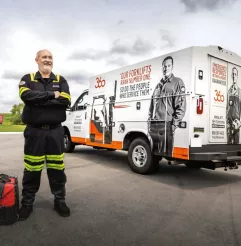
Protect your investment and minimize downtime by selecting from 4 forklift maintenance programs tailored to your needs. These programs are designed based on your usage hours, environment, application, and budget.
As a full-service material handling dealer, ProLift can help you with questions and solutions for your equipment, service, parts and more. Tell us how we can help.

Let us know how we can assist you! A ProLift specialist will connect with you to help with your material handling needs.
